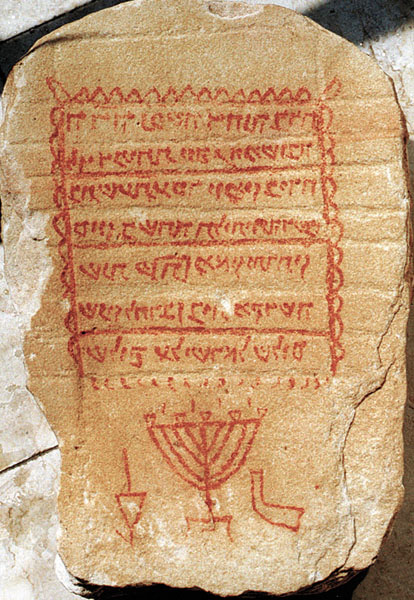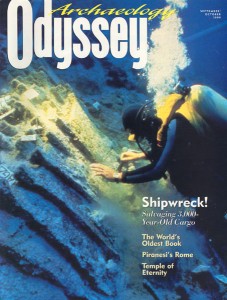Tombstones Reveal Non-Rabbinic Jewish Community Near Dead Sea in Byzantine Period

Looted from ancient cemeteries near the southern end of the Dead Sea in Jordan, these Aramaic funeral stelae mark the tombs of Jews who were buried here between the fourth and sixth centuries A.D. These exemplars, among a number now on the market and in private hands, were “ransomed” by London collector Shlomo Moussaieff, who has made them available to scholars to study (see “How to Stop Looting: A Modest Proposal”). Had Moussaieff not purchased them, they would have gone underground and we might know nothing about them. As a result of Moussaieff’s purchase, Professor Sacha Stern of the London School of Jewish Studies of the University of London is publishing an article on them that will soon appear in the scholarly Hebrew journal Tarbiz. Moussaieff has also agreed to allow them to be published here for the first time to inform a wider public of their existence.
The first Jewish tombstone from this burial ground surfaced in 1925; two others were recovered and published in 1944. In the 1980s extensive looting produced a number of others. The known corpus today is about 30. In 1995, Israeli epigraphist Joseph Naveh published nine of them. Others are expected to be published soon.
The corpus of Christian tombstones from this cemetery—in Greek rather than Aramaic—is much larger, numbering over 200. Like the Jewish examples, they too are painted in red (and sometimes incised).
Already a library member? Log in here.
Institution user? Log in with your IP address.

